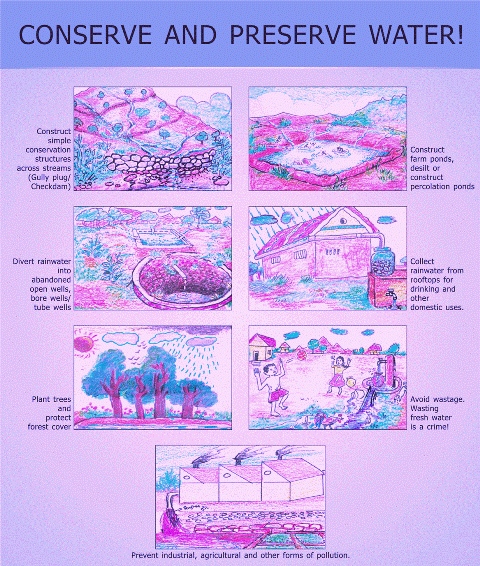A success story shows Extension making a difference in people’s lives. More than a list of events or activities, it describes a positive change and shows how that change benefits the target people. A success story is the successful – favourable or desired result or outcome of a program. A good success story uses evidence from evaluation to show the value of Extension.
Success story is about an entire program or part of a program that is particularly noteworthy and significant. It may be about an innovation, emergency response or outstanding effort. The program may be complete or in an earlier stage of development but with important accomplishments to describe. A success story could be written even after several years after a program’s completion with the collected evidence of long-term impact. For a multi-year initiative, a series of success stories may be written that describe significant but different changes that occur over the years.
Why do we need a success story?
Sharing the achievements as the program progresses will put the project implementers in an advantageous position when policymakers or other stakeholders make decisions that affect their program. The more educated they are about the project implementers program’s goals, activities, and successes, the more likely they are to support the program.
- To show accountability for public funds
- To verify that we are using resources to make a positive difference in people’s lives
- To share successes so individuals in and out of Extension can learn from our results
- To spread the word about Extension as a valuable resource
- To show that numbers alone don’t tell the whole story of Extension
- To reflect and learn from our work
- To practice good scholarship
Formatting the Success Story:
Using the criteria listed below, the success story could be developed:
Title
- Capture the overall message of the story
- Include an action verb
- Capture the reader’s attention.
Problem Overview (Situation)
- Describe the problem being addressed and why it’s important
- Use data to frame the problem, including health burden and economic costs
- Specify the affected population(s)
Program/Activity Description (Response)
- Identify who was involved, including your partners
- Describe the program/activity that was implemented, including where and when it took place and how it addressed the problem
- Identify the target audience of the program/activity
- Describe how the progress of the program/activity was evaluated
- State how the funding agency support contributed to the program/activity
Program/Activity Outcomes (Results)
- Identify the short-term or intermediate outcomes that demonstrate how the program/activity addressed the problem
- Provide a conclusion to the success story that avoids using broad, sweeping statements such as “There was a noticeable increase in healthy eating habits.”
Additional Information (Evidence)
The following details should be included along with the above given information:
- Name of the agency.
- Name and credentials of program contact.
- Address, e-mail address, and telephone numbers.
- Organization’s Web site address (if available).
- Any other supporting materials you wish to share, such as testimonials, quotes from partners/participants, samples of materials produced, press releases, promotional materials, project photos, video/audio clips, etc.
The type of outcomes achieved by a program may vary depending on the stage and maturity of the program. Sometimes a success story is a “work in progress.” Consider updating or enhancing your story as new information and outcome data become available.
What makes a good success story?
A good success story:
- Describes results that are valued by clients
- Contains compelling, significant facts
- Catches your attention
- Tells who benefits
- Answers: “So what?”
- Spells out Extension’s role in achieving results
- Is easy to read and understand
- Identifies key partners and funders
When do you submit success stories?
- When you have something significant to report and evaluation data to back it up
- When you are proud of a program or initiative
- On an on-going basis – don’t wait until the end of the year
Checklist for Success stories:
A) Situation:
- Clearly describes an important issue or concern - why we should care
- Shows that issue or need is appropriate for Extension response
- Includes data demonstrating need
B) RESPONSE (inputs and outputs)
- Spells out Extension’s role/contribution
- Identifies participants: numbers and demographics of individuals, businesses, and/or communities that were reached
- Identifies partnerships, if applicable
- Identifies funding sources, if applicable
C) RESULTS (outcomes-impact)
- Tells who benefited and how
- Uses numeric and/or narrative data to describe important outcomes
- Answers “So what?” Makes value clear to reader
- Links story to research, if appropriate
- States future plans based on results
- Shows important progress for the reporting period
- Links work across years
EVIDENCE (evaluation)
- Describes data collection method
- Includes sample (number and how selected)
- Provides response rate
- Tells when data were collected
WRITING STYLE
- Active voice
- Reads like a story
- Compelling and significant facts
- No jargon or acronyms
- Concise, complete sentences
- Names/titles, not “this agent”







No comments:
Post a Comment